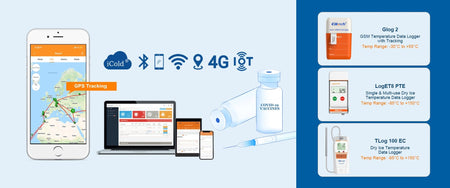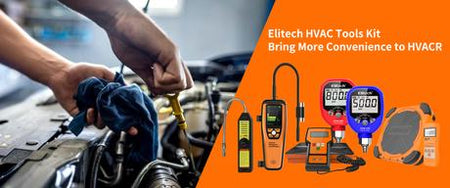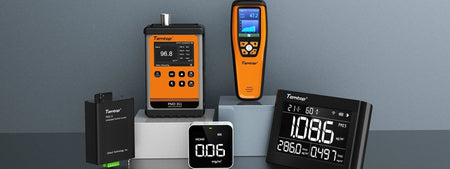Proper temperature monitoring is vital to proper cold chain management. While simple in theory, keeping products properly refrigerated, documenting temperature files frequently, unreliable connections to electricity and weak transportation infrastructure all add up to its difficulty.
Temperature monitoring is a critical tool that staff use to assess product quality and freshness, detect malfunctioning equipment, and prevent temperature fluctuations. Immediate action must be taken to adjust storage temperatures that are not within the recommended ranges.
Monitoring Goods Exposure To High Temperatures
A temperature data logger is a small device that can be placed near the products and registers the cumulative heat exposure of them over time. It can give sound alarms, indicating the products has hit its preset limit of heat exposure, indicating the protection methods should be used at this moment.
Temperature Alerts Sent to Manager’s Mobile Phone
With the rapid development of contemporary science and technology, wireless data transmission system that can monitor and log temperature conditions in real time in the cold chain storage were enabled years ago. Its purpose was to evaluate whether wireless temperature monitoring technologies could bring better product and cold chain management than conventional temperature monitors.
It turns out that more alarm incidents were detected, and the wireless system demonstrated certain managerial benefits for the cold chain storage, including an increase in response from staffs to follow up on the problem, and the availability of a permanent record on the performance of each refrigerator in the system.
What Else Should Be Considered For Cold Chain Temperature Monitoring?
All in all, all cold chain staff who administer product freshness or quality should evaluate their cold chain maintenance and management to ensure:
1. Relevant personnel have written duties and are well-trained for cold chain product handling;
2. Temperature data loggers with high accuracy are placed properly in all storage units;
3. Products are well placed in the refrigerator or freezer where proper temperatures are maintained;
4. Regularly reviewed temperature logs and deal with any deviations from recommended temperature ranges;
5. Immediate actions are taken to fix the problem regarding the out-of-range temperatures.
6. Products that are exposed to out-of-range temperatures for a certain time should be marked “do not use” and isolated manually.
7. To deal with unexpected equipment breakdown or power outages, written emergency retrieval should be in place. Meanwhile, real-time monitoring systems should also be prepared to inform staff of after-hours emergencies, especially if large product inventories are under monitoring.




